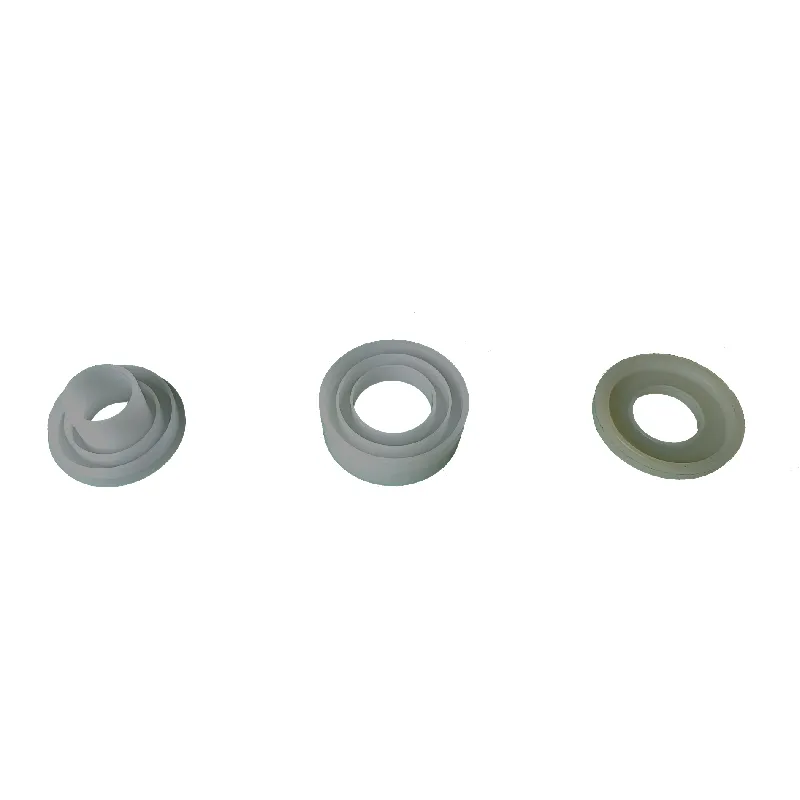 Afrikaans
Afrikaans  Albanian
Albanian  Amharic
Amharic  Arabic
Arabic  Armenian
Armenian  Azerbaijani
Azerbaijani  Basque
Basque  Belarusian
Belarusian  Bengali
Bengali  Bosnian
Bosnian  Bulgarian
Bulgarian  Catalan
Catalan  Cebuano
Cebuano  Corsican
Corsican  Croatian
Croatian  Czech
Czech  Danish
Danish  Dutch
Dutch  English
English  Esperanto
Esperanto  Estonian
Estonian  Finnish
Finnish  French
French  Frisian
Frisian  Galician
Galician  Georgian
Georgian  German
German  Greek
Greek  Gujarati
Gujarati  Haitian Creole
Haitian Creole  hausa
hausa  hawaiian
hawaiian  Hebrew
Hebrew  Hindi
Hindi  Miao
Miao  Hungarian
Hungarian  Icelandic
Icelandic  igbo
igbo  Indonesian
Indonesian  irish
irish  Italian
Italian  Japanese
Japanese  Javanese
Javanese  Kannada
Kannada  kazakh
kazakh  Khmer
Khmer  Rwandese
Rwandese  Korean
Korean  Kurdish
Kurdish  Kyrgyz
Kyrgyz  Lao
Lao  Latin
Latin  Latvian
Latvian  Lithuanian
Lithuanian  Luxembourgish
Luxembourgish  Macedonian
Macedonian  Malgashi
Malgashi  Malay
Malay  Malayalam
Malayalam  Maltese
Maltese  Maori
Maori  Marathi
Marathi  Mongolian
Mongolian  Myanmar
Myanmar  Nepali
Nepali  Norwegian
Norwegian  Norwegian
Norwegian  Occitan
Occitan  Pashto
Pashto  Persian
Persian  Polish
Polish  Portuguese
Portuguese  Punjabi
Punjabi  Romanian
Romanian  Russian
Russian  Samoan
Samoan  Scottish Gaelic
Scottish Gaelic  Serbian
Serbian  Sesotho
Sesotho  Shona
Shona  Sindhi
Sindhi  Sinhala
Sinhala  Slovak
Slovak  Slovenian
Slovenian  Somali
Somali  Spanish
Spanish  Sundanese
Sundanese  Swahili
Swahili  Swedish
Swedish  Tagalog
Tagalog  Tajik
Tajik  Tamil
Tamil  Tatar
Tatar  Telugu
Telugu  Thai
Thai  Turkish
Turkish  Turkmen
Turkmen  Ukrainian
Ukrainian  Urdu
Urdu  Uighur
Uighur  Uzbek
Uzbek  Vietnamese
Vietnamese  Welsh
Welsh  Bantu
Bantu  Yiddish
Yiddish  Yoruba
Yoruba  Zulu
Zulu bend pulley and snub pulley
Understanding Bend and Snub Pulleys Key Components in Conveyor Systems
Pulleys are essential components in mechanical systems, especially in conveyor systems where they play a crucial role in managing movement and efficiency. Among the various types of pulleys, bend pulleys and snub pulleys are particularly important due to their unique functions and applications.
Bend Pulleys Changing Direction
Bend pulleys, as the name suggests, are used to change the direction of the belt in conveyor systems. These pulleys are strategically placed to guide the belt around corners or bends in the conveyor layout. The primary role of the bend pulley is to maintain belt tension while minimizing wear and tear on the belt.
The design of bend pulleys is critical. They are generally smaller in diameter compared to drive pulleys, which allows them to effectively change the pull direction without causing excessive friction. Bend pulleys are often located near the ends of conveyors, ensuring a smooth transition and allowing for efficient movement of materials.
Additionally, bend pulleys are essential for maintaining a consistent tension in the belt. If the tension increases or decreases too much, it could lead to slippage or even damage to the belt. This makes the careful placement and sizing of bend pulleys crucial for the longevity of the conveyor system.
Snub Pulleys Enhancing Tension and Efficiency
Snub pulleys serve a slightly different purpose than bend pulleys, but both are vital in maintaining the smooth operation of conveyor belts. Snub pulleys are primarily used to increase the wrap angle of a belt around a driving pulley, which enhances the grip and increases the tension on the belt. This increased wrap allows for better transmission of power from the drive motor to the belt.
The positioning of snub pulleys is also important. They are typically placed adjacent to the drive pulley, helping to ensure that the belt maintains sufficient grip and does not slip, especially under heavy loads. The additional tension provided by the snub pulley can help prevent issues such as slippage, misalignment, and wear, ultimately improving the system's efficiency.
bend pulley and snub pulley

In some applications, snub pulleys can also assist in tensioning the belt. As a belt experiences wear or stretches over time, the snub pulley can adjust its position, helping to maintain optimal tension and performance.
Advantages of Using Bend and Snub Pulleys
The integration of bend and snub pulleys into conveyor systems offers many advantages that enhance operational efficiency and longevity.
1. Improved Material Handling By ensuring a proper angle and tension on the belt, these pulleys facilitate smoother material transfer, minimizing the risk of spillage or blockage.
2. Reduced Wear and Tear Properly configured bend and snub pulleys can significantly reduce the wear on conveyor belts, leading to decreased maintenance costs and prolonged lifecycle of the equipment.
3. Enhanced Operational Flexibility With the ability to change direction and adjust tension effectively, conveyor systems can be designed to accommodate various layouts and material handling needs.
4. Cost Efficiency While the initial investment in high-quality pulleys may be significant, the long-term savings through reduced downtime and maintenance costs can be substantial.
Conclusion
Bend and snub pulleys are integral components that play pivotal roles in the functionality of conveyor systems. Their functions, while distinct, work hand in hand to enhance the performance and efficiency of these mechanical systems. Understanding their mechanics not only clarifies their importance but also offers insights into future design improvements and innovations in the field. For anyone involved in the design, operation, or maintenance of conveyor systems, a comprehensive understanding of bend and snub pulleys is essential for achieving optimal performance and reliability.
-
Revolutionizing Conveyor Reliability with Advanced Rubber Lagging PulleysNewsJul.22,2025
-
Powering Precision and Durability with Expert Manufacturers of Conveyor ComponentsNewsJul.22,2025
-
Optimizing Conveyor Systems with Advanced Conveyor AccessoriesNewsJul.22,2025
-
Maximize Conveyor Efficiency with Quality Conveyor Idler PulleysNewsJul.22,2025
-
Future-Proof Your Conveyor System with High-Performance Polyurethane RollerNewsJul.22,2025
-
Driving Efficiency Forward with Quality Idlers and RollersNewsJul.22,2025





























